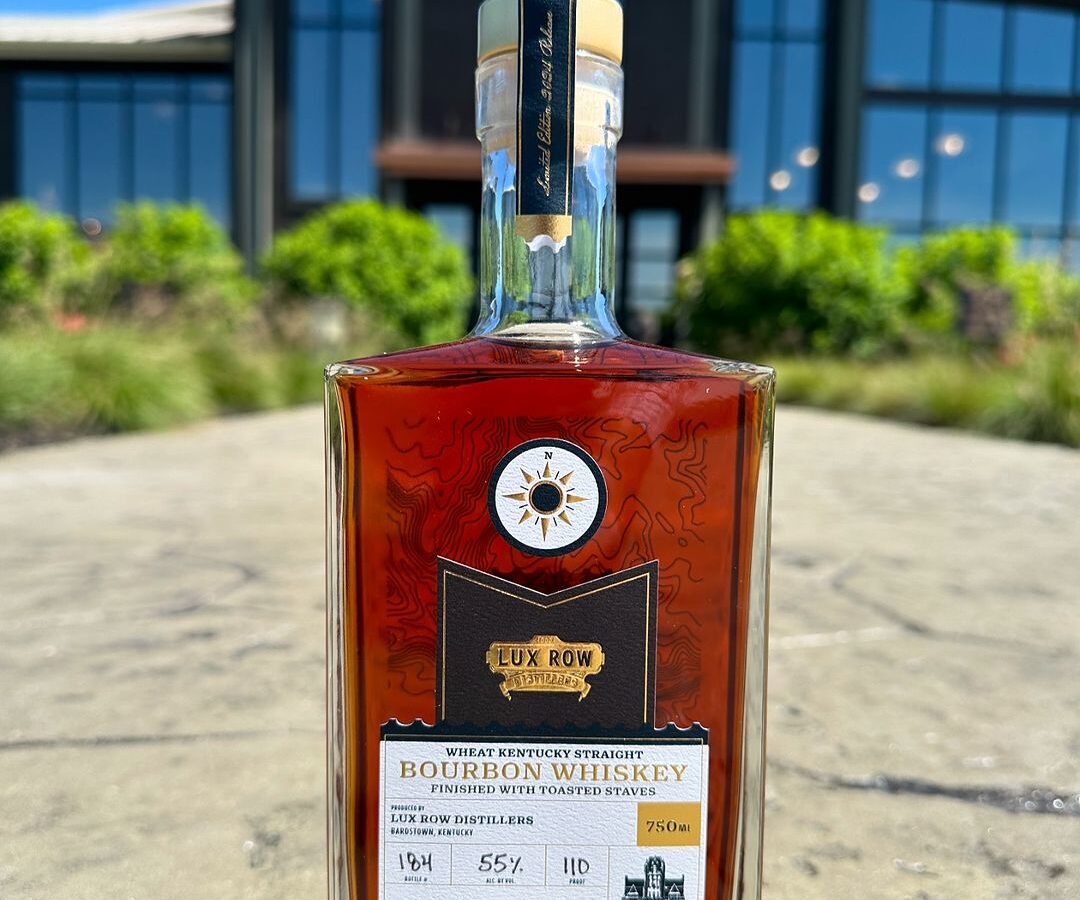The Differences Between Barrel-Finished andStave-Finished Whiskey

How to Build the Perfect Bourbon Whiskey Collection at Home
September 17, 2024
Bourbon-Infused Apple Cider: A Perfect Blend of Fall and Whiskey
November 25, 2024The Differences Between Barrel-Finished andStave-Finished Whiskey

When it comes to whiskey, the influence of wood is essential to shaping its flavor. The type of barrel, how long the whiskey is aged, and whether it’s exposed to full barrels or individual staves all play a role in determining the final taste. Today, we’ll explore the difference between two whiskey aging techniques: barrel-finished and stave-finished whiskeys.
The Role of Wood in Whiskey Aging
Before diving into the specifics, it’s important to understand how whiskey barrels affect the spirit. Oak barrels, commonly used for whiskey aging, impart key flavors such as vanilla, caramel, spice, and toasted notes. Over time, whiskey interacts with the wood, drawing out these rich characteristics and creating the depth whiskey lovers enjoy.
What is Barrel-Finished Whiskey?
Barrel finishing refers to the process where a whiskey, after its initial aging period, is transferred into a new, previously used barrel to enhance its flavors. These finishing barrels often held sherry, port, or wine, which can dramatically influence the whiskey’s profile. For example, a sherry cask might add dried fruit and nuttiness, creating a complex, rich flavor.
Why Do Distillers Use Barrel Finishing?
Barrel finishing allows distillers to add layers of complexity, enhancing the whiskey’s character with new, bold flavors. This method is chosen when distillers want a more robust, nuanced profile, which can’t always be achieved through primary aging alone.
Read: Blood Oath Pact No. 10: A Toast to Tradition and Innovation
Understanding Stave-Finished Whiskey and Its Controlled Flavor Impact
Stave finishing, on the other hand, offers more control. Instead of transferring whiskey to a new barrel, distillers add individual wooden staves—planks from a barrel—directly into the whiskey. These staves, often toasted or charred, add targeted flavors without overwhelming the whiskey.
Why Do Distillers Use Stave Finishing?
Stave finishing allows distillers to fine-tune the flavor profile. This method is often chosen to highlight specific oak flavors, such as vanilla or spice, without adding the complexity of a full barrel finish.
Barrel vs. Stave-Finished Whiskey: What’s the Difference?
While both methods involve wood aging, barrel finishing results in a richer, more complex flavor profile due to the influence of a second barrel. Stave finishing offers a cleaner, more focused oak character with a subtler impact. Whiskey enthusiasts who appreciate layered flavors may prefer barrel-finished whiskey, while those seeking a more controlled, balanced flavor might opt for stave-finished varieties.
Read: How to Build the Perfect Bourbon Whiskey Collection at Home
How Does Each Method Impact the Drinking Experience?
Barrel-finished whiskeys typically offer richer, layered flavors, such as fruity or spicy notes, resulting from the previous barrel contents. The finish tends to evolve as you sip, making it perfect for slow enjoyment.
Stave-finished whiskeys, by contrast, provide more direct oak influences. You’ll find cleaner, more pronounced flavors like toasted wood or vanilla, which don’t compete with other notes, offering a crisper finish.
Tips for Tasting Barrel vs. Stave-Finished Whiskey
To make the most of these techniques, here’s what to look for:
Barrel-Finished Whiskey:
- Nose: Rich, fruity, or dessert-like aromas.
- Palate: Layers of complexity, often with subtle undertones from the previous barrel.
- Finish: A long, evolving finish that changes as you sip.
Stave-Finished Whiskey:
- Nose: Toasted oak, vanilla, or subtle caramel.
- Palate: Focused flavors that highlight specific oak characteristics.
- Finish: Clean and crisp, with lingering oak or spice notes.
Read: How to Do a Bourbon Whiskey Tasting
Choosing the Right Whiskey for You
Ultimately, the choice between barrel and stave finishing comes down to personal preference. If you enjoy a whiskey with bold, layered flavors from additional aging, a barrel-finished whiskey may suit you best. If you prefer a more precise oak influence, stave-finished whiskeys offer a refined, controlled experience.
Both methods provide exciting opportunities for whiskey lovers to expand their palates, making it an ideal time to explore the unique flavors they bring to the table.
To learn more about whiskey-distilling methods, visit Lux Row Distillers and take a tour. You’ll also receive a free pour and learn the ins and outs of whiskey and bourbon tasting.

